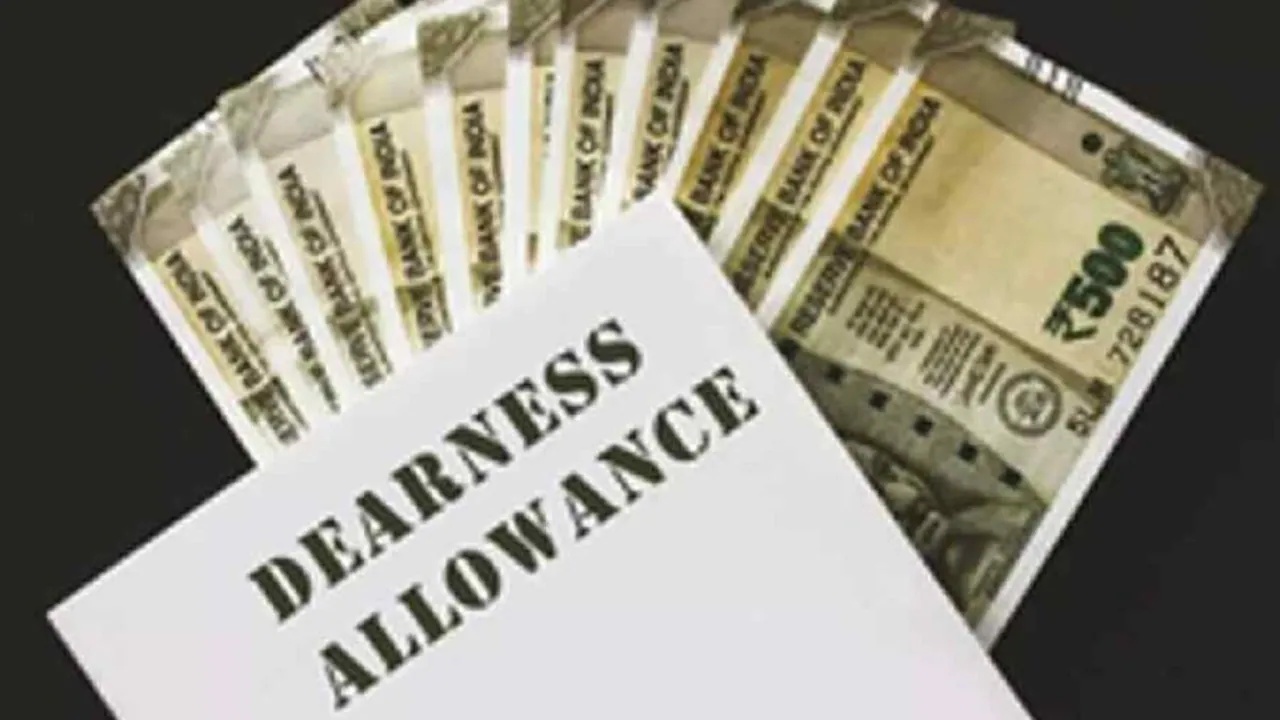
Upcoming DA Hike and Its Implications for Central Government Employees
The Union Cabinet is set to deliberate on the final approval of a Dearness Allowance (DA) increment this week, with potential ramifications for central government employees and pensioners. If ratified, the adjustment will be implemented retroactively from January 2025, ensuring beneficiaries receive salary enhancements for March 2024 and arrears for two months. However, recent reports indicate a 2% increase, significantly lower than the 3-4% hikes typical in recent years. This decision has sparked concern among employees, as data from the All India Consumer Price Index (AICPI) suggests this could be the smallest DA hike in seven years. The government’s consistent 3-4% adjustments since July 2018 have now been replaced by a more modest 2% increase, marking a notable shift in policy.
Historical Context of DA Revisions Under the 7th Pay Commission
The 7th Pay Commission, established in 2016, restructured DA by integrating it with basic pay, leading to periodic revisions. The first DA adjustment under this framework was a 2% hike in July 2016, followed by annual increments. A temporary suspension occurred from 2020 to 2021 due to economic constraints. As of July 2024, DA has risen to 53% following a 3% increase in October 2024. The upcoming January-June 2025 cycle is projected to see a 2% hike, based on AICPI data. This represents a significant departure from the 3-4% growth observed in previous years, raising questions about the government’s approach to inflationary adjustments.
8th Pay Commission and Future DA Adjustments
The government has announced the formation of the 8th Pay Commission, effective from January 1, 2026, which will supersede the 7th Pay Commission’s framework. This means the final DA hike under the current system may occur around Diwali 2024, with the next revision under the new commission likely in 2026. The 8th Pay Commission’s recommendations, expected to be submitted by March 2026, will likely merge DA with basic salary, effectively resetting the allowance to zero. This transition underscores the complexity of balancing inflationary pressures with fiscal constraints in public sector salary adjustments.
Impact on Employee Benefits and Economic Context
The proposed 2% DA increase has raised concerns about its adequacy in addressing inflationary pressures. Employees and pensioners, who rely on DA to offset rising living costs, may face reduced purchasing power. The government’s decision to lower the hike aligns with broader economic challenges, including sluggish growth and financial constraints. Analysts suggest that while the adjustment aims to balance budgetary requirements, it may not fully compensate for inflation. The shift from 3-4% to 2% hikes reflects a strategic recalibration of fiscal policy, with potential long-term implications for public sector compensation structures.
Structural Changes and Future Outlook
The implementation of the 8th Pay Commission marks a pivotal moment in the evolution of public sector compensation. By merging DA with basic pay, the new framework aims to create a more integrated salary structure, though this could complicate future adjustments. The 2024-2025 DA hike represents a transitional phase, with the 2026 revision under the 8th Pay Commission likely to redefine the allowance system. As the government navigates these changes, the focus will shift to aligning DA with economic realities while maintaining fiscal discipline. This transition highlights the ongoing challenges of balancing employee benefits with national economic priorities.



